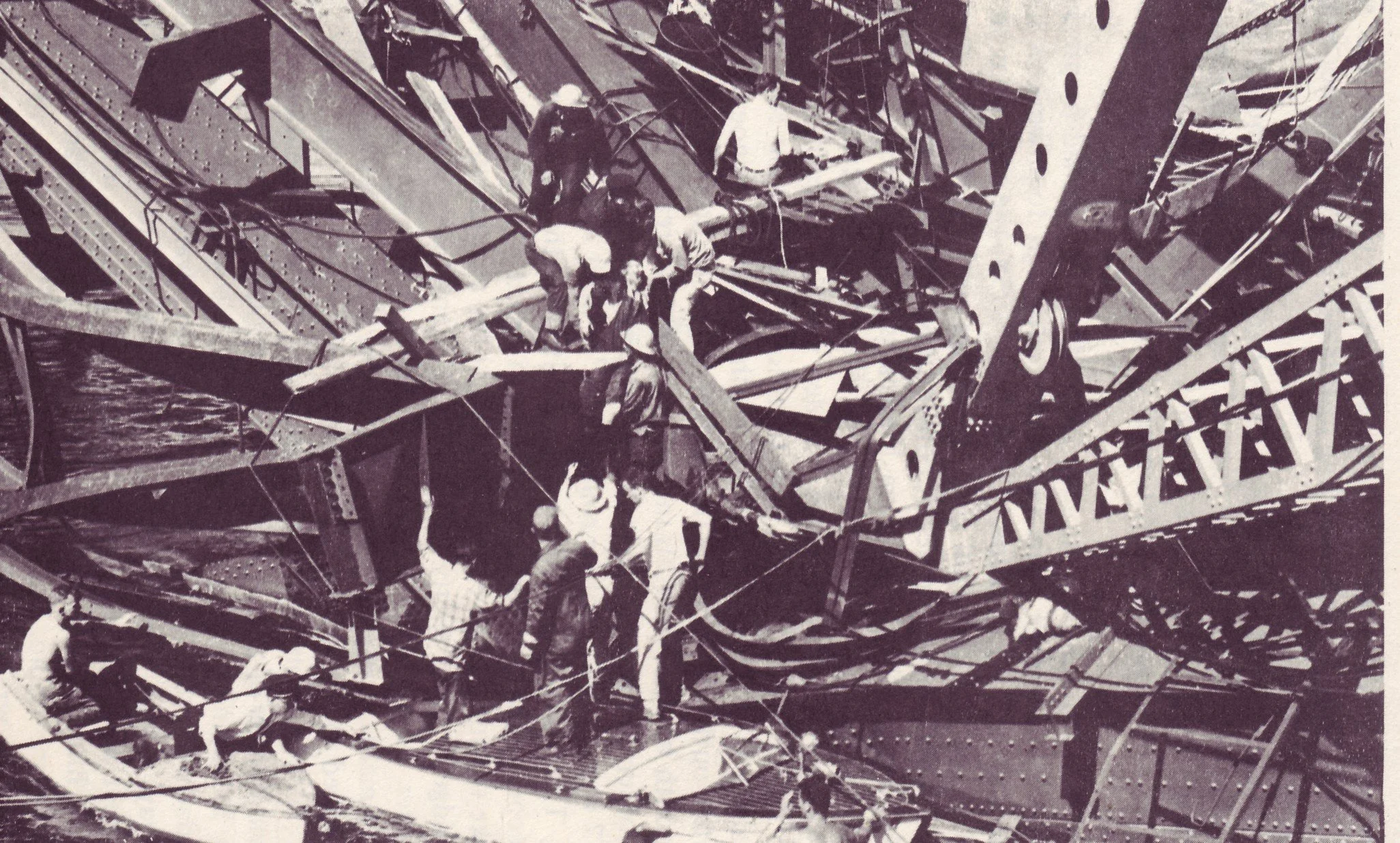(Conclusion)
As we saw in last week’s Chronicles, Phoenix was nothing less than a city in every sense of the word: modern, substantial buildings, services, fine homes, rail connection to the outside world—all the latest amenities of the first two decades of the 20th century.
In a single generation the Phoenix mines yielded an amazing $100 million ($2.5 billion today) in copper, gold and silver ores that spelled riches for its owners and jobs for its workers—both its genesis and nemesis, and all within just a few years.
British Columbia has seen 100s of ‘ghost towns’ over the past century-plus but there never was another like Phoenix.
The conclusion to the incredible story of the ill-starred “highest incorporated city in Canada” in next week’s Chronicles.
*******
PHOTO: Hauling equipment into Phoenix, B.C. in 1899. Within a few short years, a modern city would blossom atop a Boundary Country mountain. —BC Archives
Read More




















